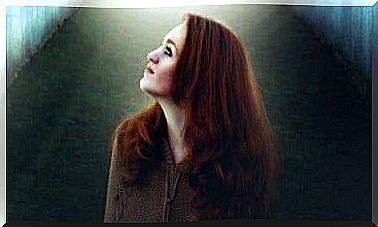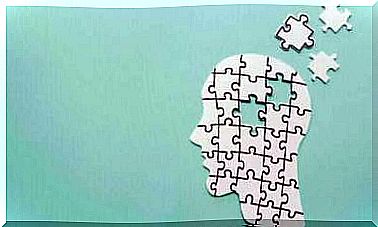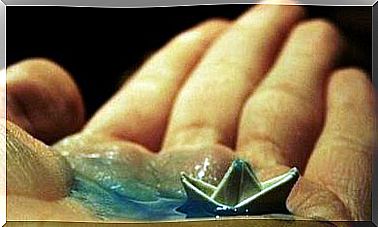Divergent Thinking In Young Children
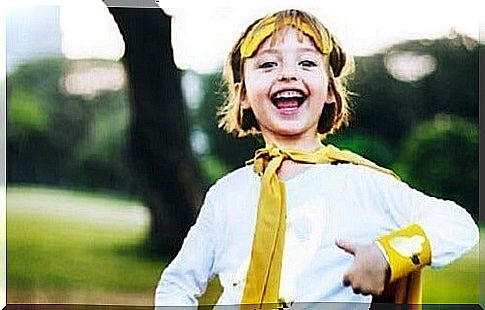
Divergent thinking in children is an exceptional gift. Their open minds are full of possibilities and unusual, original and constant idiosyncratic reasoning. However, the creative potential disappears when children grow up in an education system that standardizes all students’ thinking and unites their perspectives.
Most of us know that having the courage to think differently is dangerous. Galileo, for example, discovered this in the difficult way since he had to live the last years of his life confined to a house in Florence because of his ideology. Open minds are those who defy the world, there is no doubt about that, but they also help people further.
Sir Kenneth Robinson
Times have changed and we no longer have to worry about living our last days as Galileo, as such things no longer happen. But other bad things happen. As mentioned by Sir Kenneth Robinson, a renowned education expert, today’s schools kill children’s creativity.
According to him, our educational centers base their curricula on nineteenth-century systems, a time when the industrialization of society meant that some capacities were more valued than others. Oh f straps innovation, creativity or critical thinking were not important, when the time was characterized by a hierarchy of subjects and very rigid competencies.
We forget that children enter the world equipped with extraordinary talents. We overlook the possibilities of their divergent thinking, the extraordinary gift we kill by “educating” them in convergent thinking.
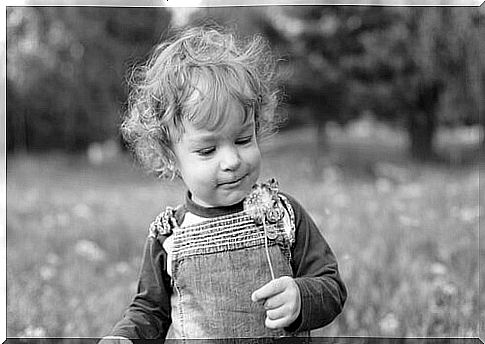
Divergent thinking in children
Henry David Thoreau was without a doubt one of the most revolutionary philosophers. He was a figure who clearly showed a divergent thought. This is evident in his unusual ideas of freedom and responsibility. Going back to his lyrics from time to time is a great way to find inspiration.
He taught us that life is a blank canvas for the imagination. He also helped us realize that people are born with music within them, and that we must let people be themselves because freedom leads to self-growth. The same goes for children. And yet we can not always hear the magical melody and the incredible potential that is hidden inside every child.
Dr. Leonard Brzozowski
Dr. Leonard Brzozowski, an expert in the field, pointed out something interesting that he discovered when he conducted a study with psychologists George Land and Beth Jarman. The book Breakpoint and Beyond: Mastering the Future Today , contains their discoveries.
Divergent thinking in 5-year-olds scores equally as adults with high intellectual abilities. When these little ones were asked how many ways they could use a cup, pencil or shoe, they gave up to 100 valid answers. An adult usually gives about 10-12 valid answers.
If we do the same with a 10-year-old child and take a divergent test, we realize that this potential is reduced by approx. 60%.
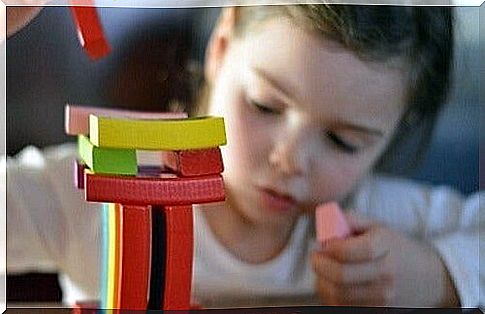
Preschoolers are real geniuses
When children between the ages of 4 and 6 take divergent tests, they score very high. Álvaro Pascual-Leone, professor of neurology at Harvard Medical School, pointed out that so-called “synaptic pruning” in the brain is common at this age.
During this stage, programmed neuronal pruning can only be modified through experience. If there are not enough stimuli, the cell pruning will limit much of the child’s learning potential as time goes on.
It’s not necessarily about having “many neuronal connections. ” The key is to optimize pruning with the most appropriate learning methods and through stimulation, especially between 4 and 6 years when the child’s potential is intact and at its richest.
How to protect and improve divergent thinking?
- Immersive learning. Children need to experiment, feel, touch and get excited.
- Children should do some of these experiments in a group with their peers. However, we should also encourage independent work and provide a separate space where they can exercise their creativity.
- In the same way, they must learn that there is not just one answer to something. Divergent thinking generates multiple solutions to a single problem. When you punish children’s ideas and label them as “wrong”, you deprive them of the motivation to think differently. Or at least you reduce the confidence to say what they really think.
- To increase divergent thinking in children, it is also necessary for them to feel emotionally validated. Feeling accepted, accepted, valued and loved will help them gain the confidence to explore. Knowing that they will not be criticized will allow them to discover new interests, answers, ideas and original reasoning.

Conclusion
Finally, it should be noted that encouraging and protecting divergent thinking does not mean that you should completely eliminate convergent thinking. It is really about balancing analytical and creative thinking. Sometimes there are problems that require a specific solution. This is why children should understand when it is appropriate to use them.
Furthermore, we should optimize divergent thinking in our children. As Albert Einstein said:
